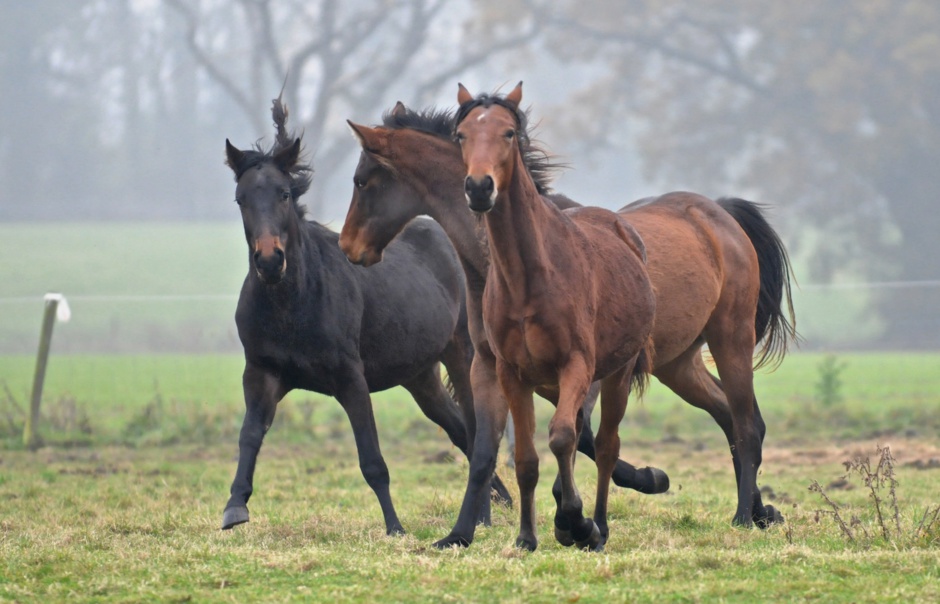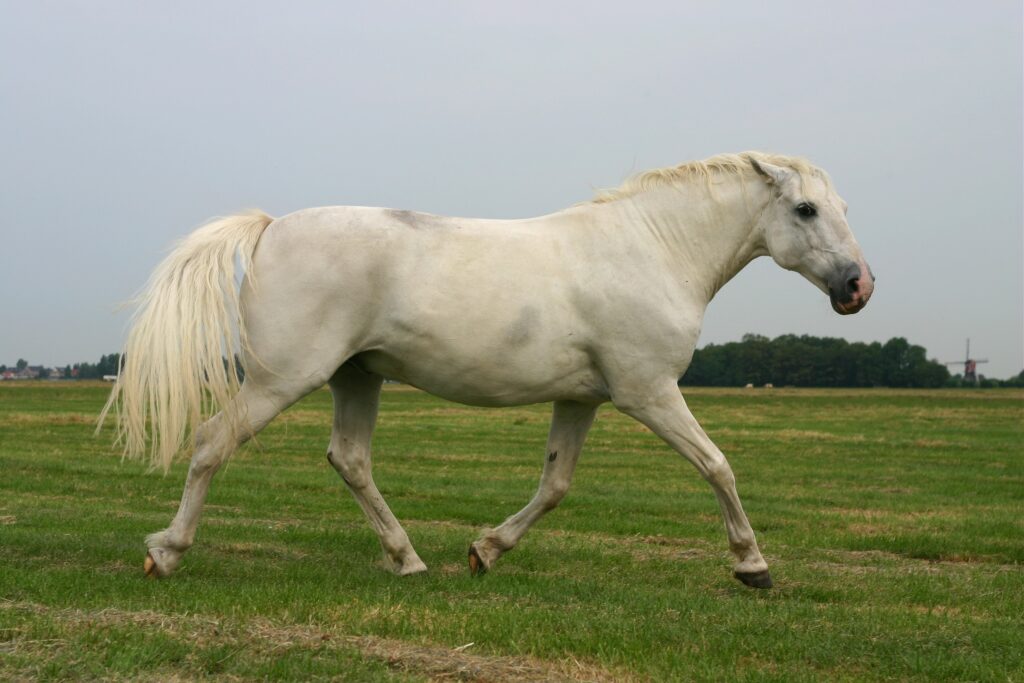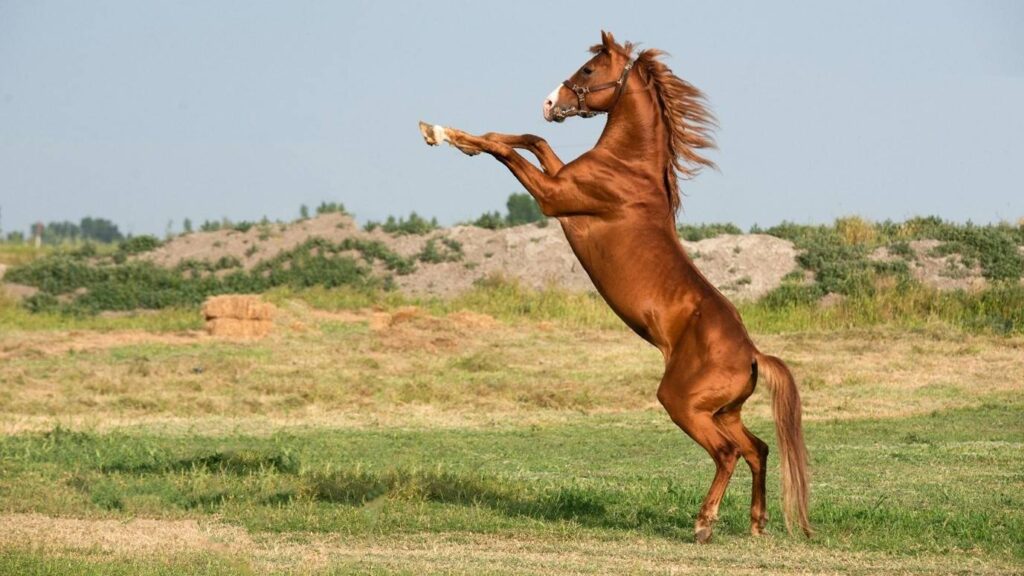In the world of equestrianism, one skill stands out as an essential foundation for both rider and horse: teaching horse collection. This art not only enhances the horse’s performance but also builds a harmonious relationship between the rider and the horse. Whether you’re a seasoned rider or a novice, understanding the nuances of horse collection can significantly elevate your riding experience.

The Importance of Horse Collection
Horse collection refers to the horse’s ability to carry more weight on its hindquarters, resulting in a lighter forehand and a more balanced movement. This skill is crucial for various equestrian disciplines, including dressage, show jumping, and eventing. A well-collected horse exhibits enhanced agility, responsiveness, and elegance.
Benefits of Teaching Horse Collection
Teaching your horse to collect has numerous benefits. It improves the horse’s balance, making it less prone to injuries. Additionally, it fosters communication between the rider and the horse, creating a more enjoyable and fulfilling riding experience. A collected horse also exhibits improved posture and muscle development.
Steps to Teach Horse Collection
Understanding the Basics
Before diving into advanced techniques, it’s essential to understand the basics of horse collection. Begin by ensuring that your horse is comfortable and relaxed. A tense horse will struggle to achieve proper collection. Start with ground exercises to build trust and familiarity. Gain a Horses Trust is fundamental.
Groundwork and Lunging
Groundwork and lunging are excellent ways to introduce the concept of collection to your horse. These exercises help the horse develop the necessary muscles and coordination. Use voice commands and gentle cues to encourage your horse to engage its hindquarters. For more on this, explore Horse Voice Command Training.
Riding Techniques for Collection
Once your horse is comfortable with groundwork, it’s time to transition to riding techniques. Maintain a steady and balanced seat, and use subtle rein and leg aids to guide your horse into a collected frame. Patience is key; progress may be slow, but consistency will yield results.
Common Challenges in Horse Collection
Dealing with Stubborn Horses
Some horses may resist collection, displaying stubbornness or reluctance. In such cases, it’s crucial to remain patient and persistent. Positive reinforcement techniques can be highly effective. For additional tips, refer to Dealing with Stubborn Horses.
Maintaining Consistency
Consistency is vital when teaching horse collection. Regular practice and adherence to a structured training routine will help solidify your horse’s understanding of collection. Avoid rushing the process; instead, focus on incremental progress.
Enhancing Communication with Your Horse
Effective communication between rider and horse is the cornerstone of successful collection. Use clear cues and signals, and be attuned to your horse’s responses. This mutual understanding will lead to a more harmonious partnership.
Additional Resources for Equestrian Enthusiasts
Online Tutorials and Workshops
Numerous online resources offer tutorials and workshops on horse collection techniques. These platforms provide valuable insights and practical tips for riders of all skill levels. Consider enrolling in virtual classes to refine your skills.
Consulting Professional Trainers
If you encounter challenges or seek personalized guidance, consulting a professional horse trainer can be immensely beneficial. Trainers bring a wealth of experience and expertise, offering tailored advice to address specific needs.
Conclusion
Teaching horse collection is a rewarding journey that enhances both rider and horse’s capabilities. By understanding the principles, practicing diligently, and maintaining open communication, you can master this art. Embrace the process with patience and dedication, and you’ll witness remarkable transformations in your equestrian endeavors.

FAQs
What is horse collection?
Horse collection is the ability of a horse to balance more weight on its hindquarters, leading to improved movement and agility.
Why is collection important in equestrianism?
Collection improves a horse’s balance, responsiveness, and posture, enhancing performance in various equestrian disciplines.
How can I start teaching collection?
Begin with groundwork and lunging exercises to build trust and muscle development. Progress to riding techniques with patience and consistency.
For further insights, visit this external resource for beginner horse training tips.
This article contains affiliate links. We may earn a commission at no extra cost to you.







